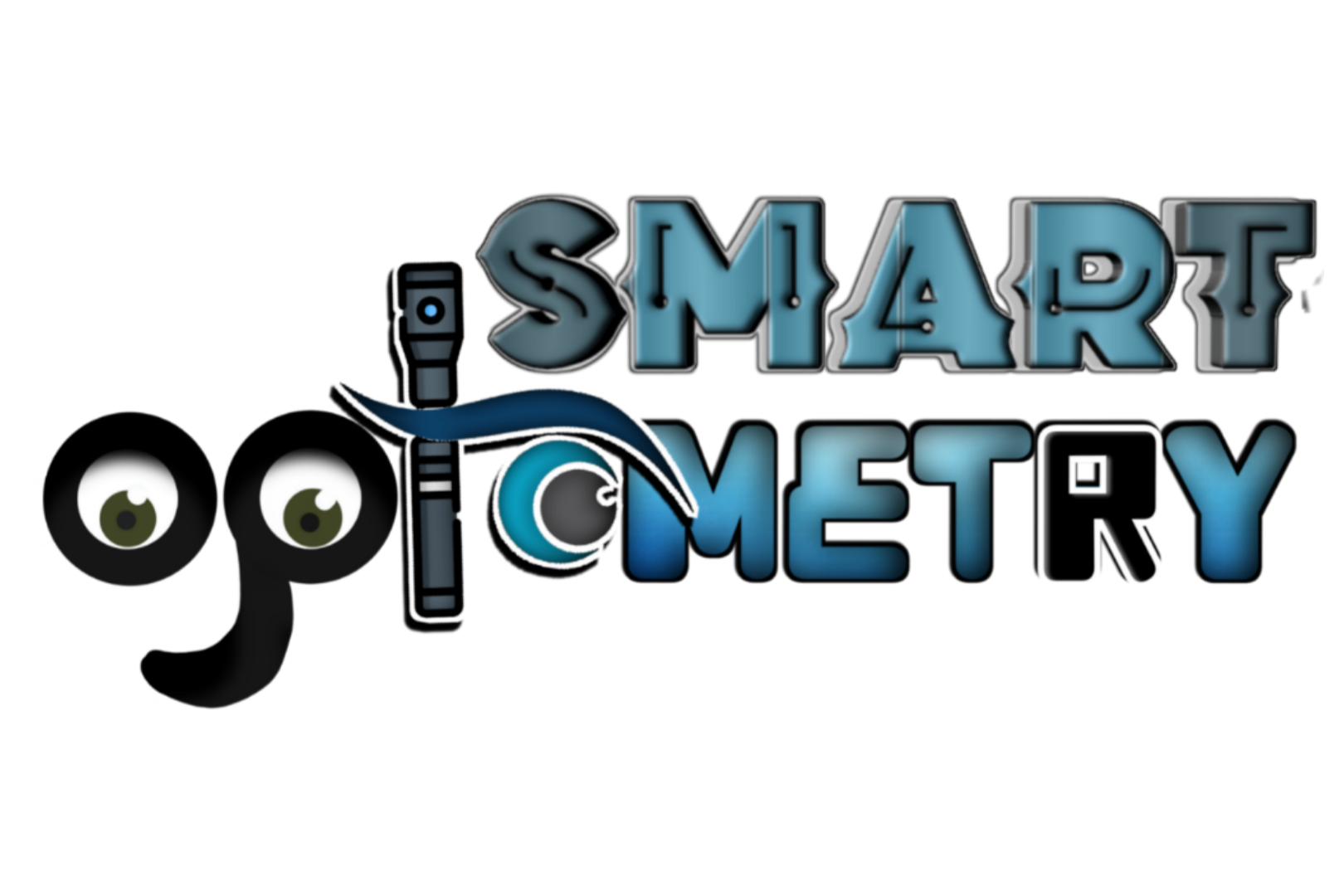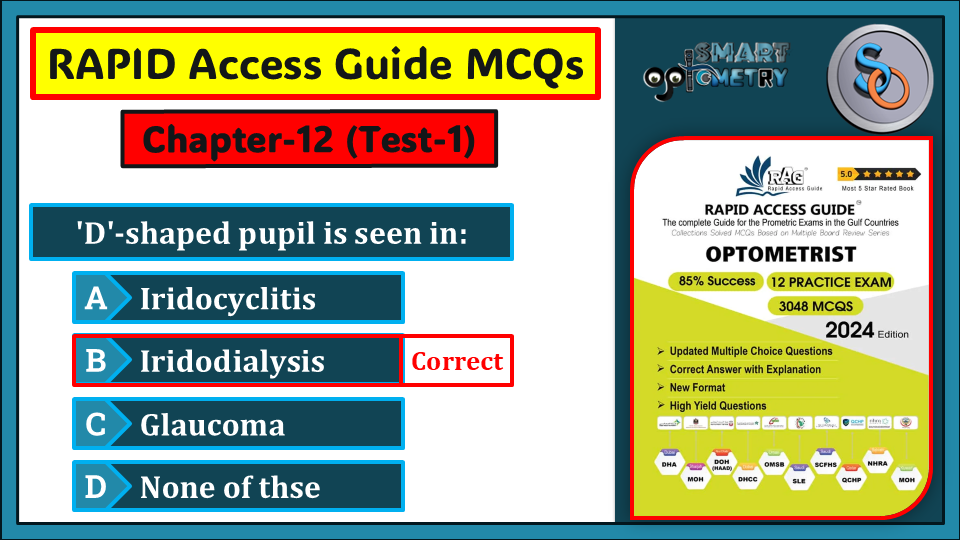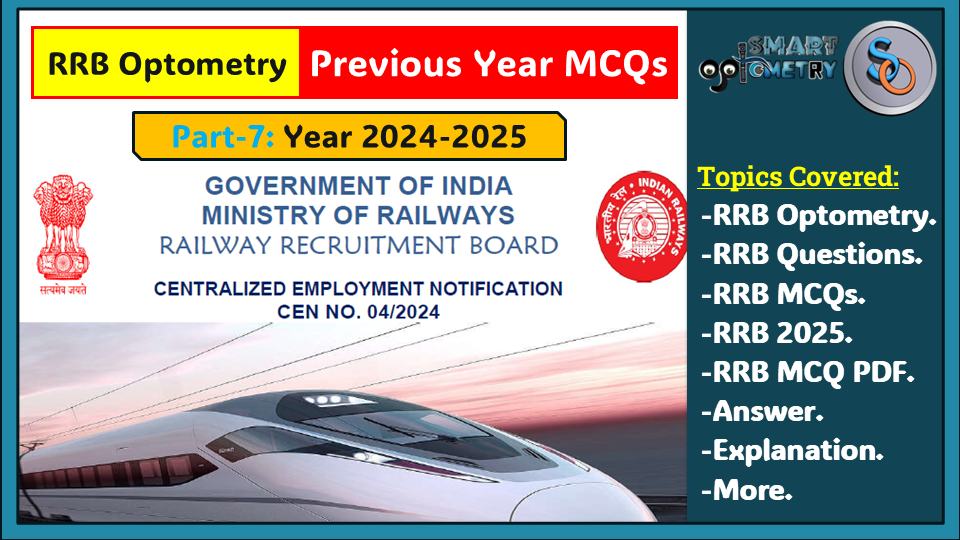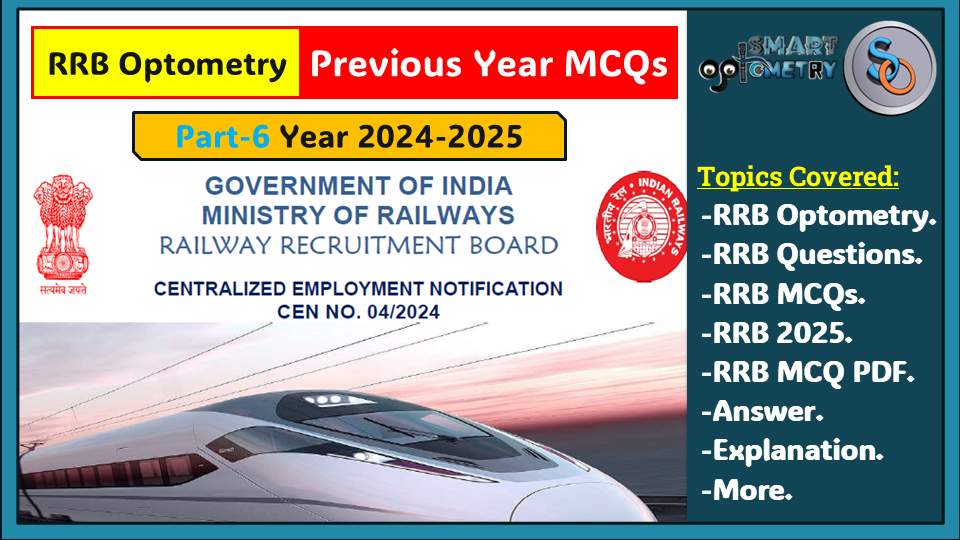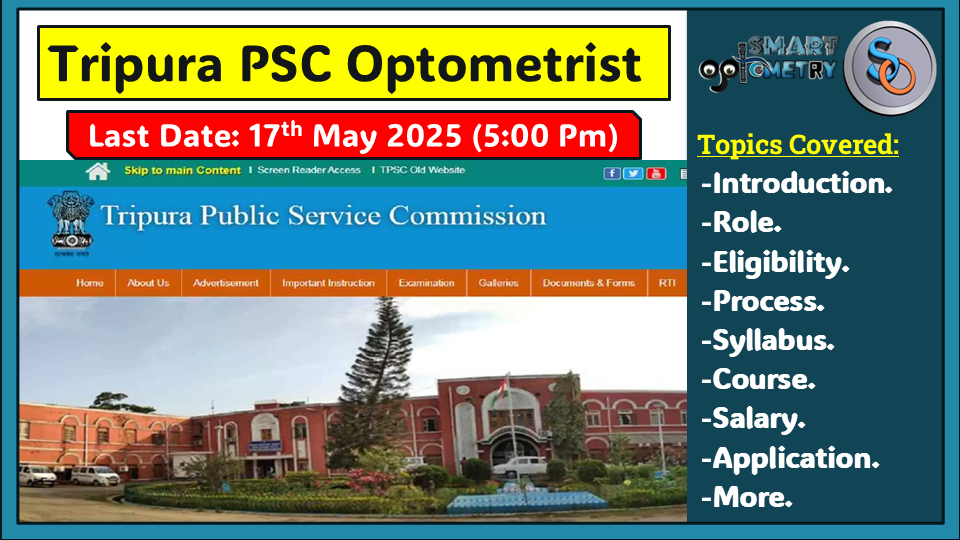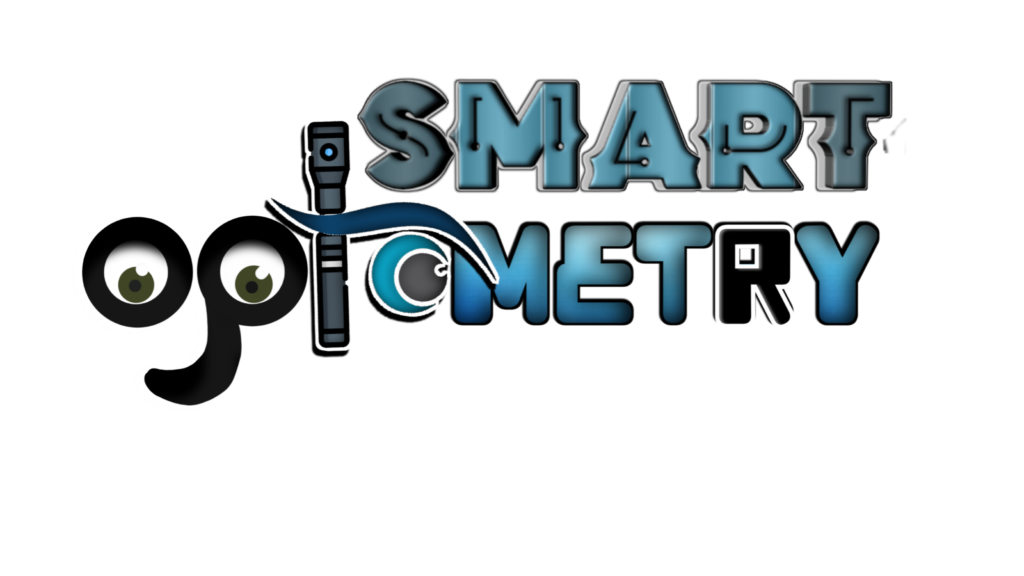1) Thickened corneal nerves are seen in:
- A. TB
- B. Leprosy
- C. Keratoconus
- D. Both B and C
Click “Show more” to see the answer and explanation.
Correct Answer: B.
Explanation:
Thickened corneal nerves are a hallmark feature of leprosy due to chronic inflammation affecting the corneal nerves.
Note: Prepare for Optometry License Exam (DHA, MOH, HAAD, QCHP, OMSB, SMLE, SCFHS, DHCC, NHRA) with our course “MCQs in Optometry”. This course provides: Basic Notes, Fundamental Videos, Subjectwise MCQs, PDF MCQs, Previous Years MCQs, RAPID Access Guide for Optometrists PDF Book, Group Chat, Live Support.
.
.
2) Hyaluronic acid is found in:
- A. Vitreous humour
- B. Synovial fluid
- C. Cartilage/Aqueous humour
- D. Cornea/Lens
Note: Prepare for Optometry License Exam (DHA, MOH, HAAD, QCHP, OMSB, SMLE, SCFHS, DHCC, NHRA) with our course “MCQs in Optometry”. This course provides: Basic Notes, Fundamental Videos, Subjectwise MCQs, PDF MCQs, Previous Years MCQs, RAPID Access Guide for Optometrists PDF Book, Group Chat, Live Support.
.
.
3) A boy presents two weeks after an injury to his left eye. He complains of bilateral pain, redness, and watering from the right eye. What is the probable diagnosis?
- A. Endophthalmitis
- B. Optic neuritis
- C. Sympathetic irritation
- D. Sympathetic ophthalmitis
.
.
4) A young girl with a history of repeated pain over the medial canthus and chronic use of decongestants now presents with intense chills, rigors, and diplopia on lateral gaze. Examination shows optic disc congestion. The most likely diagnosis is:
- A. Ethmoidal sinusitis
- B. Orbital cellulitis
- C. Cavernous sinus thrombosis
- D. Orbital apex syndrome
Click “Show more” to see the answer and explanation.
Correct Answer: C.
Explanation:
Cavernous sinus thrombosis is a serious condition associated with sinus infections, presenting with optic disc congestion, fever, and extraocular muscle involvement.
Note: Prepare for your Optometry Licence/Academic Exam under experience Samir Sutradhar sir. Enroll in our Course “MCQs in Optometry” that will give you: Basic Notes, Fundamental Videos, Subjectwise MCQs, PDF MCQs, Previous Years MCQs, RAPID Access Guide for Optometrists PDF Book, Group Chat, Live Support.
.
.
5) Objective study of refraction is done by:
- A. Snellen’s chart
- B. Synoptophore
- C. Retinoscopy
- D. Maddox rod test
Note: Prepare for your Optometry License/Academic Exam under experience Samir Sutradhar sir. Enroll in our Course “MCQs in Optometry” that will give you: Basic Notes, Fundamental Videos, Subjectwise MCQs, PDF MCQs, Previous Years MCQs, RAPID Access Guide for Optometrists PDF Book, Group Chat, Live Support.
.
.
6) Three copies of chromosome 21 are characteristic of:
- A. Edwards syndrome
- B. Klinefelter syndrome
- C. Down syndrome
- D. Turner syndrome
.
.
7) The shortest acting mydriatic is:
- A. 1% Hyoscine
- B. 1% Atropine
- C. 1% Tropicamide
- D. 1% Cyclopentolate
Click “Show more” to see the answer and explanation.
Correct Answer: C.
Explanation:
Tropicamide has a short duration of action and is commonly used for pupil dilation during fundus examination.
Note: Our Course “MCQs in Optometry” with 95% success rate will help to prepare for Optometry License Exam like DHA, MOH, HAAD, QCHP, OMSB, SMLE, SCFHS, DHCC, NHRA.
.
.
8) Loss of convergence with slight light reflex is seen in:
- A. Argyll Robertson Pupil (ARP)
- B. Holmes-Adie’s pupil
- C. Marcus Gunn pupil
- D. Wernicke’s pupil
Note: Our Course “MCQs in Optometry” with 95% success rate will help to prepare for Optometry License Exam like DHA, MOH, HAAD, QCHP, OMSB, SMLE, SCFHS, DHCC, NHRA.
.
.
9) ‘D’-shaped pupil is seen in:
- A. Iridocyclitis
- B. Iridodialysis
- C. Glaucoma
- D. Dislocation of the lens
.
.
10) Warfarin, an antagonist to vitamin K, is bound to plasma protein:
- A. 20%
- B. 30%
- C. 60%
- D. 90%
Click “Show more” to see the answer and explanation.
Correct Answer: D.
Explanation:
Warfarin is highly protein-bound (90%), which affects its distribution and pharmacokinetics.
Note: Enroll in our Course “MCQs in Optometry” to prepare for Optometry License Exam under Experienced Samir Sutradhar sir. This course will give you: Basic Notes, Fundamental Videos, Subjectwise MCQs, PDF MCQs, Previous Years MCQs, RAPID Access Guide for Optometrists PDF Book, Group Chat, Live Support.
.
.
11) Postnatally, band-pass spatial filtering appears by:
- A. 2 to 3 months
- B. 1 month
- C. 6 months
- D. 1 year
Note: Enroll in our Course “MCQs in Optometry” to prepare for Optometry License Exam under Experienced Samir Sutradhar sir. This course will give you: Basic Notes, Fundamental Videos, Subjectwise MCQs, PDF MCQs, Previous Years MCQs, RAPID Access Guide for Optometrists PDF Book, Group Chat, Live Support.
.
.
12) Photopsia occurs in:
- A. Cyclitis
- B. Choroiditis
- C. Iritis
- D. Scleritis
.
.
13) Bandage of the eye is contraindicated in:
- A. Corneal abrasion
- B. Bacterial corneal ulcer
- C. Mucopurulent conjunctivitis
- D. After glaucoma surgery
Click “Show more” to see the answer and explanation.
Correct Answer: C.
Explanation:
Bandaging is contraindicated in mucopurulent conjunctivitis as it can exacerbate infection by retaining discharge and moisture.
Note: Prepare for Optometry License Exam (DHA, MOH, HAAD, QCHP, OMSB, SMLE, SCFHS, DHCC, NHRA) with our course “MCQs in Optometry”. This course provides: Basic Notes, Fundamental Videos, Subjectwise MCQs, PDF MCQs, Previous Years MCQs, RAPID Access Guide for Optometrists PDF Book, Group Chat, Live Support.
.
.
14) Aberrant healing can produce a keloid, which is composed predominantly of:
- A. Necrotic tissue
- B. Dense collagen
- C. Loose connective tissue
- D. Endothelial cells
Note: Prepare for Optometry License Exam (DHA, MOH, HAAD, QCHP, OMSB, SMLE, SCFHS, DHCC, NHRA) with our course “MCQs in Optometry”. This course provides: Basic Notes, Fundamental Videos, Subjectwise MCQs, PDF MCQs, Previous Years MCQs, RAPID Access Guide for Optometrists PDF Book, Group Chat, Live Support.
.
.
15) Absence of lamina cribrosa occurs in:
- A. Optic nerve hypoplasia/agenesis
- B. Morning glory syndrome
- C. Drusen
- D. Nonophthalmia
.
.
16) Which of the following best defines the “Saccade”?
- A. Voluntary slow eye movements
- B. Involuntary slow eye movements
- C. Abrupt, involuntary slow eye movements
- D. Abrupt, involuntary rapid eye movements
Click “Show more” to see the answer and explanation.
Correct Answer: D.
Explanation:
Saccades are quick, involuntary eye movements that allow the eyes to rapidly shift focus between objects, typically to scan the visual environment.
Note: Prepare for your Optometry License/Academic Exam under experience Samir Sutradhar sir. Enroll in our Course “MCQs in Optometry” that will give you: Basic Notes, Fundamental Videos, Subjectwise MCQs, PDF MCQs, Previous Years MCQs, RAPID Access Guide for Optometrists PDF Book, Group Chat, Live Support.
.
.
17) Examination of the surface of the cornea is done by:
- A. Pachymeter
- B. Specular microscopy
- C. Gonioscope
- D. Corneal topography
Note: Prepare for your Optometry Licence/Academic Exam under experience Samir Sutradhar sir. Enroll in our Course “MCQs in Optometry” that will give you: Basic Notes, Fundamental Videos, Subjectwise MCQs, PDF MCQs, Previous Years MCQs, RAPID Access Guide for Optometrists PDF Book, Group Chat, Live Support.
.
.
18) In trachoma, the patient is infectious when there is:
- A. Arlt’s line
- B. Herbert’s pits
- C. Post-trachomatous concretions
- D. Follicles and papillae in the palpebral conjunctiva
.
.
19) Deposition of iron from tears pooling at the junction of lid closure, commonly seen in the elderly, is known as:
- A. Hudson-Stähli line
- B. Stocker’s line
- C. Ferry’s line
- D. Krukenberg’s line
Click “Show more” to see the answer and explanation.
Correct Answer: A.
Explanation:
The Hudson-Stähli line is a horizontal iron deposition line seen in the corneal epithelium, commonly in elderly individuals.
Note: Our Course “MCQs in Optometry” with 95% success rate will help to prepare for Optometry License Exam like DHA, MOH, HAAD, QCHP, OMSB, SMLE, SCFHS, DHCC, NHRA.
.
.
20) The following are true about potassium except:
- A. 90% of the total body potassium is found in the serum
- B. The concentration of plasma potassium increases during metabolic acidosis
- C. Potassium leaves the cells in the presence of insulin
- D. Aldosterone decreases urinary excretion of potassium
Note: Our Course “MCQs in Optometry” with 95% success rate will help to prepare for Optometry License Exam like DHA, MOH, HAAD, QCHP, OMSB, SMLE, SCFHS, DHCC, NHRA.
.
.
Conclusion:
Overview of “Rapid Access Guide for Optometrists”
The “Rapid Access Guide for Optometrists” is an essential resource designed for optometry students and professionals preparing for various optometry license exams, including DHA, MOH, HAAD, QCHP, OMSB, SMLE, SCFHS, DHCC, and NHRA. This comprehensive book provides a streamlined approach to mastering the content required for these certifications, offering practice materials, mock tests, and review questions tailored to the specific needs of optometrists.
Packed with Prometric Optometric Questions, this guide serves as a Prometric Exam Optometry Practice Question Bank, offering targeted preparation for DHA Optometrist Exam Questions, MOH Optometry Questions, and other Gulf-region exams. With resources like Optometry MCQ Book PDF Download, Optometry Rapid Review Guide, and Optometrist Exam Preparation Guide, this book ensures a complete learning experience for those aiming to excel in Free Optometry MCQs and Optometry License Exam MCQs.
The book also includes specialized tools such as HAAD Optometrist Questions Bank, NHRA Optometry License Questions, SCFHS Optometrist Study Material, and SMLE Optometry Questions Bank, ensuring relevance across a broad spectrum of regulatory bodies. For those seeking a DHA Mock Test for Optometrist or QCHP Optometrist Exam Guide PDF, this guide is your go-to preparation tool.
Key highlights include:
- Comprehensive Optometry MCQ Book with easy-to-understand explanations.
- Practice materials like MOH Optometry Exam Practice PDF and Gulf Countries Optometry License Prep Guide to simulate real exam scenarios.
- Resources for quick learning, including Rapid Review for Optometry Professionals and Optometry Quick Reference Book PDF.
- Tailored preparation tools like Prometric Optometrist Study Guide PDF and SCFHS Optometry Exam Prep Questions PDF.
- Access to free resources like DHA Optometry Exam Book Free PDF Download and Free Optometrist Exam Questions for additional practice.
Whether you are an optometry student or a seasoned professional, the “Rapid Access Guide for Optometrists” is a vital companion in achieving success in Gulf-region optometry licensing exams, ensuring you are fully equipped for your career journey.
- Check Our Courses: Ophthalmic Instrumentation, Clinical Refraction, Contact Lens, Binocular Vision, Dispensing Optics, MCQs in Optometry
- Download our App “Optometry Notes & MCQs” from Google Play Store.
